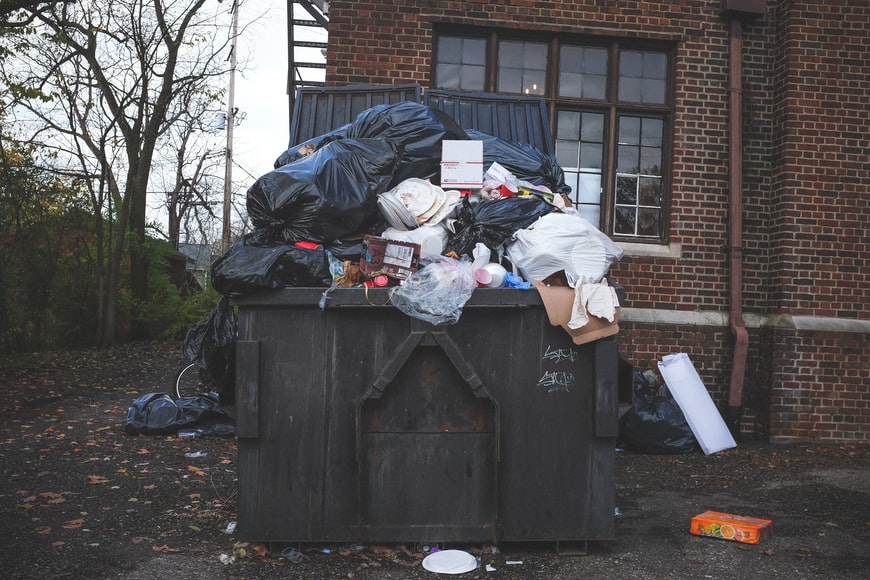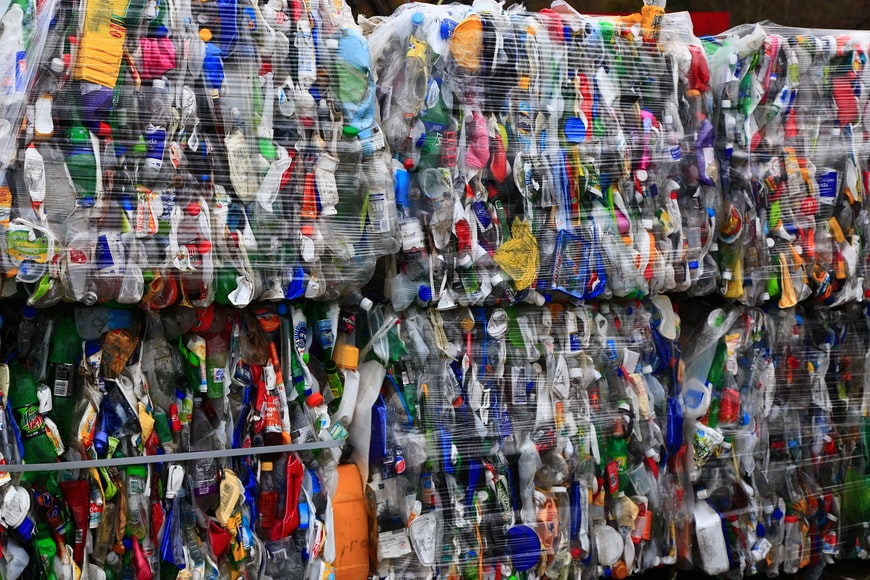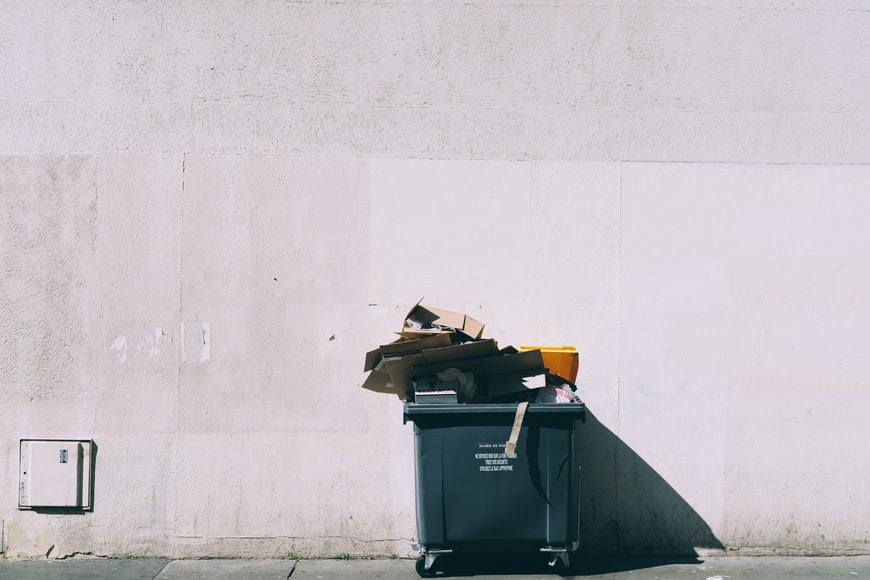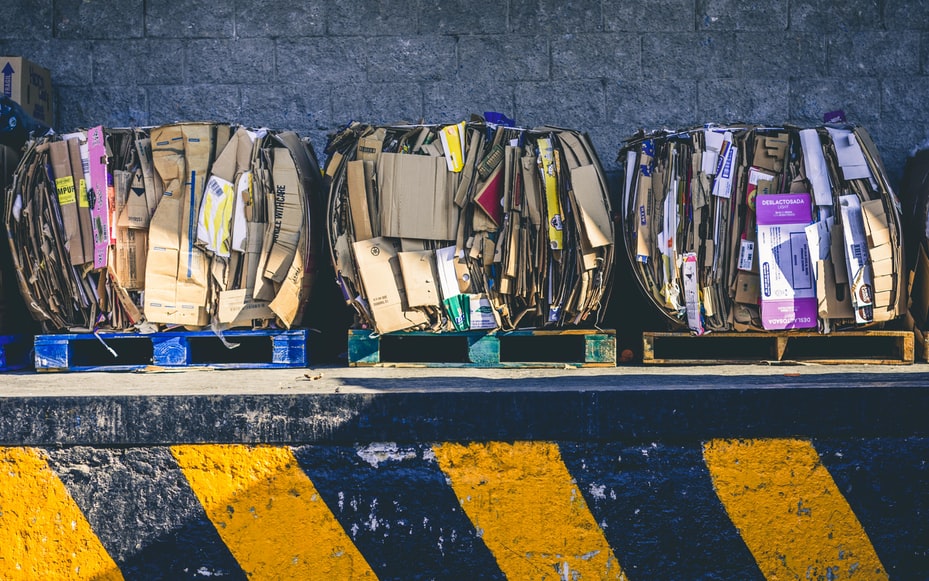The 5rs For Waste Management: Their Importance
Having an effective waste management strategy is critical when your firm generates a lot of waste, especially hazardous waste, so make sure you have one in place. In trash management, the five R’s rule is amongst the most important concepts. This will assist you avoid wasting resources and make your firm more environmentally friendly…. Here is a brief summary of the 5 R’s of garbage management.
In Other Words, What Are The Five R’s?
Understanding the significance of waste management’s five Rs begins with familiarising oneself with their definitions. Five Rs is a tool used by businesses better improve their recycling operations by decreasing the quantity of rubbish they produce, thereby improving their recycling results. An effective waste management programme is essential for any organisation producing large amounts of hazardous waste in addition to keeping the environment clean and to guarantee that all hazardous trash is properly handled. Steps based on the five Rs are an important aspect of the procedure. Among them are the following: reject; reduce; reuse; repurpose; recycle. In order to for strategy to succeed, each of these procedures must be performed to the letter.

Refuse
It’s one of the five R’s: Refuse. This is crucial to know because the first step could be a challenging one, as it requires limiting the quantity of garbage your organisation produces. You’ll need to avoid utilising items like single-use plastics or non-recyclable products in order to reduce trash. At first glance, the logistics may appear daunting, but you have the option of switching to better, less wasteful materials. It may be difficult at first, but it’s the best method to reduce the quantity of garbage your organisation generates. Consider working together with your procurement staff to ensure a successful strategy for this stage.” You should also look there at vendors you’re working with and avoid taking unneeded product packing. Instead, containers and packaging that can be reused or returned are an excellent alternative. Refusing unnecessary trash will be much easier if we make better purchasing decisions and maintain standards that are much more efficient at the commencement of a waste management process.
Reduce
This stage is critical to the process’s success. When it comes to saving money and the environment, reducing wasteful and non-recyclable materials makes sense. Reduce the amount of non-recyclables, in particular, that you use to reduce the amount of waste that ends up in landfills. A landfill will be used to dispose of any non-hazardous material. Material that is deposited in the landfill causes it to fill up faster, resulting in the need for a larger rubbish storage area. This has a negative impact on the environment in the long run. To ensure a more sustainable future, you should restrict the usage of these items in your daily routine. Try to be using the fewest quantity of material possible to reduce the amount of waste that is generated. Printing a document is an excellent example of this. Printing double-sided will help reduce paper waste. Use this idea on a much greater scale and apply it to your company’s products, as well.
Reuse
The “reuse” process entails repurposing all materials to the greatest extent possible. Unfortunately, many businesses have developed a habit of tossing out perfectly usable materials because they believe that doing so only needs to be done once. The issue here is that the momentary ease of doing something leads to a lifelong habit. At this point, we are in the grips of a catastrophe, as our daily intake of plastic products has reached an unsustainable level. Businesses are turning to techniques such as reusing items in the workplace instead than purchasing more replacements in an effort to minimise global waste levels. Use many compostable and reusable materials as possible in the equipment, tools, and supplies your organisation utilises on a regular basis. Starting with packaging, product containers, or similar items, see if you can put the same practises into place that you have for your business’s internal documents.
Repurpose
Using this phase is critical, especially unless you can deny, minimise, or reuse some of the things and resources which can be used in a enterprise. Repurposing refers to putting things to use in new ways after they have served their original purpose. Ecologically speaking, this is referred to as “upcycling.” It typically necessitates an unconventional approach. You might start by collecting cardboard boxes other packing material from the job site to use as storage for other objects. Anything that can be repurposed will help with trash reduction. Place objects that could be reused in a designated area of the house. While going through the things in that region, you will continue to discover new uses for them.
Recycle
The third phase is recycling, which is exactly how it sounds like. Recycling is an excellent last resort after you’ve put in the time and effort to complete all of the preceding five Rs stages. As part of our ongoing attempts to be even more environmentally friendly, we recycle as much as possible whenever possible. The importance of both the 5 R’s of waste management lies in the process of becoming a firm that values this. In reality, there are a lot of firms that do not recycle at all. Consider implementing the procedure in your company and begin by gathering all recyclable products from your workplace. Paper, plastics, glass and organics are all included in this category of recyclables.
An environmental trash management business can help you begin this process. In the waste management industry, the Clean Management Environmental Group provides environmental and industrial services. Here, you’ll find a wide range of services that can assist you in making your website more environmentally friendly.
.






